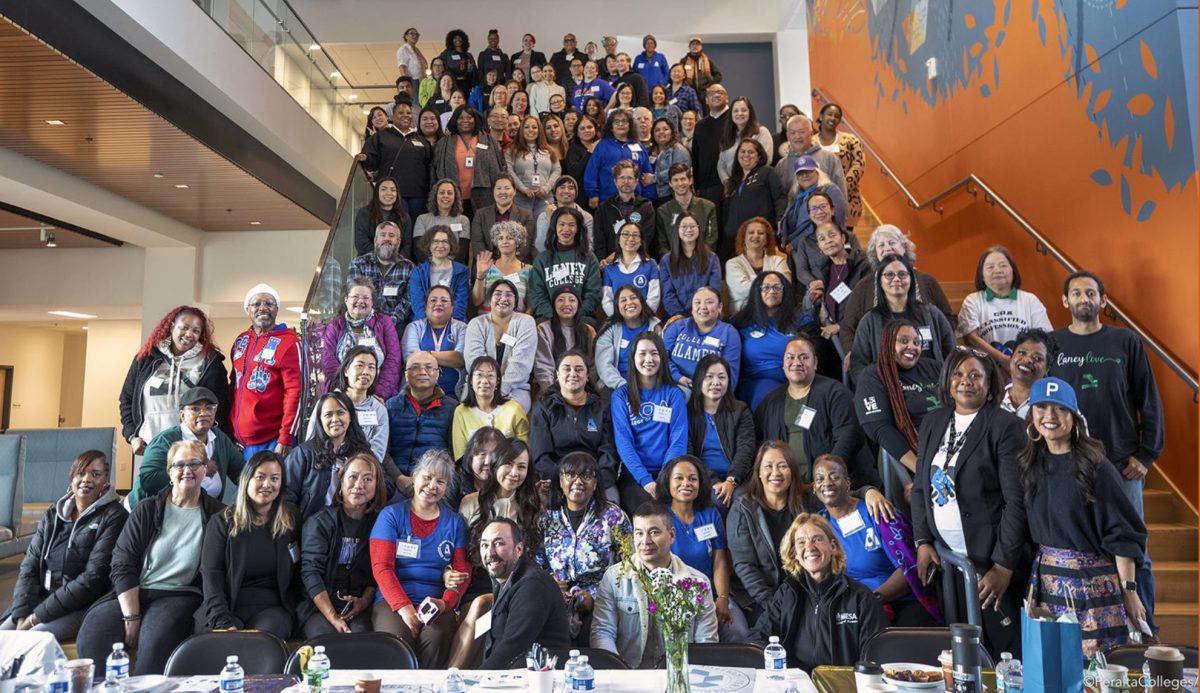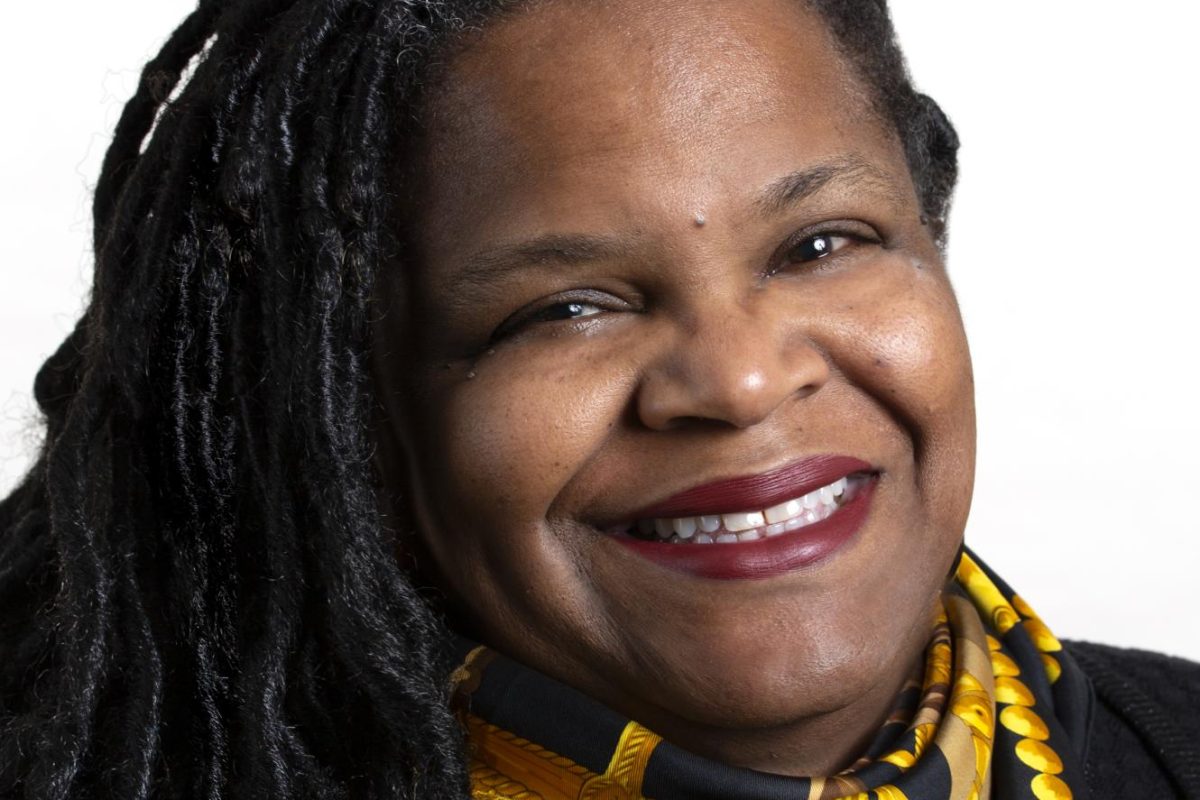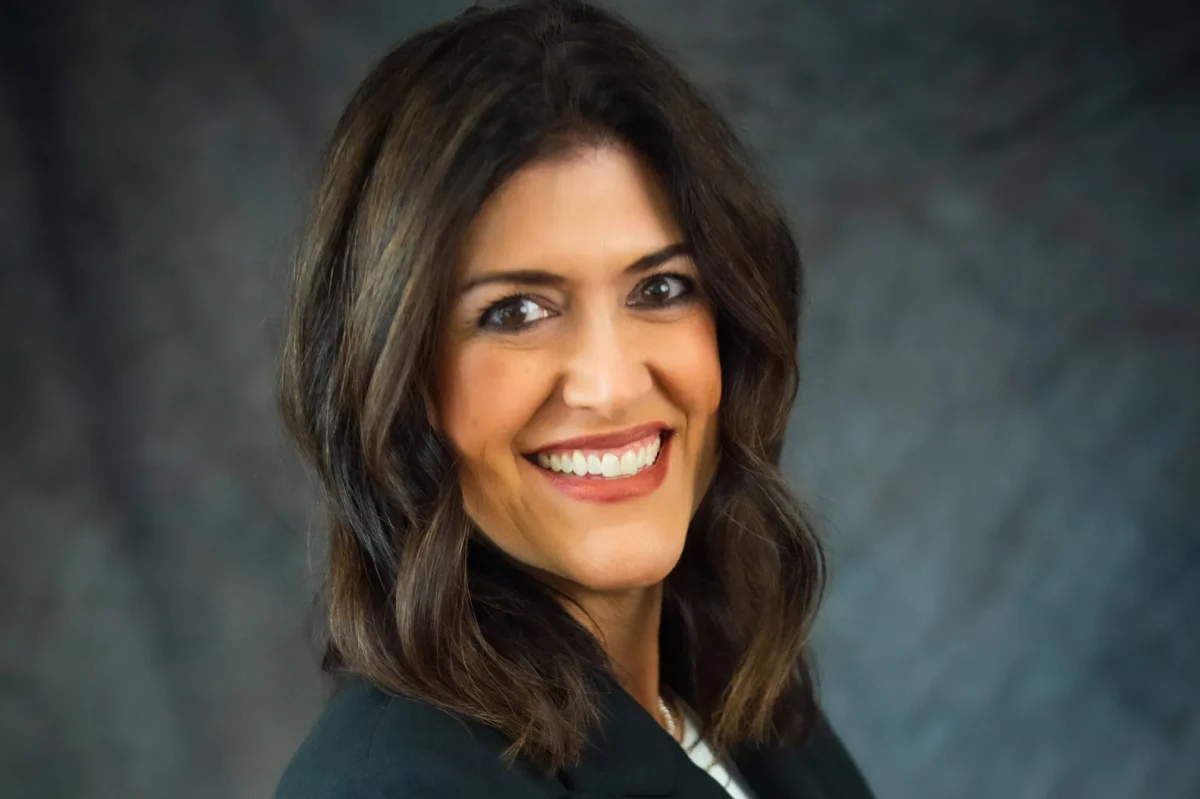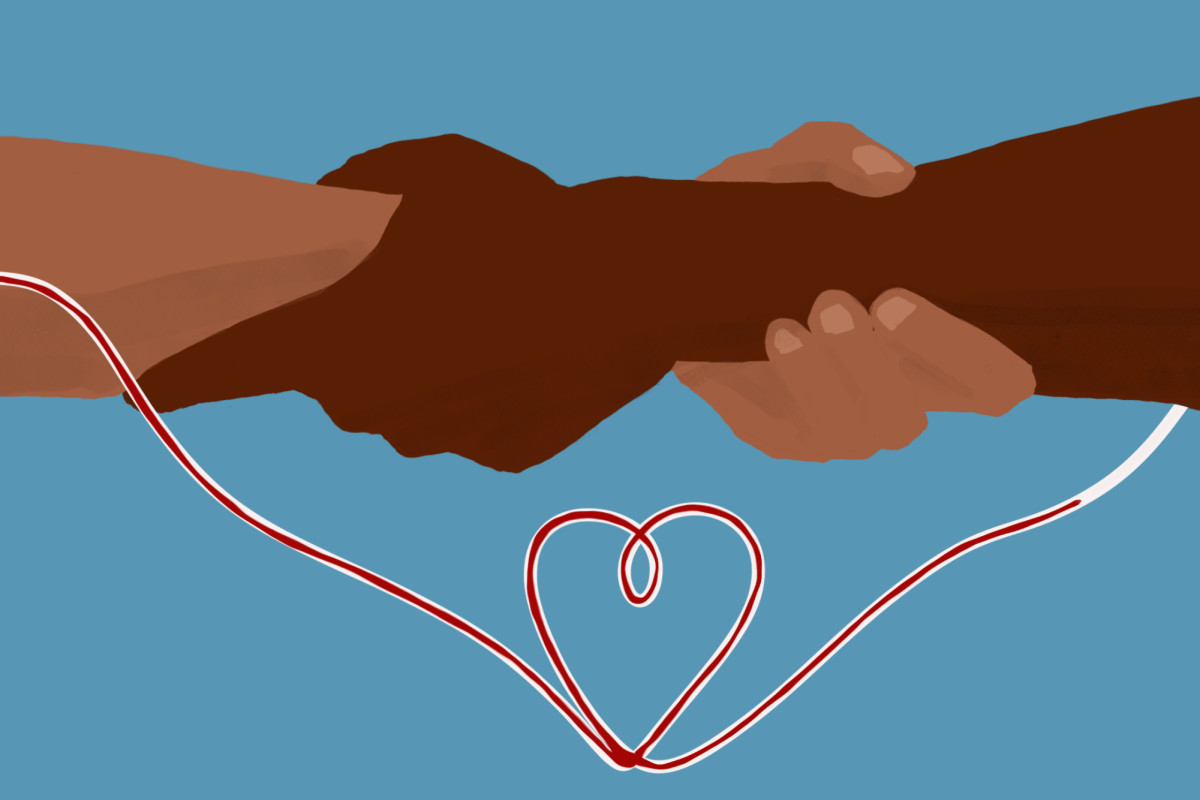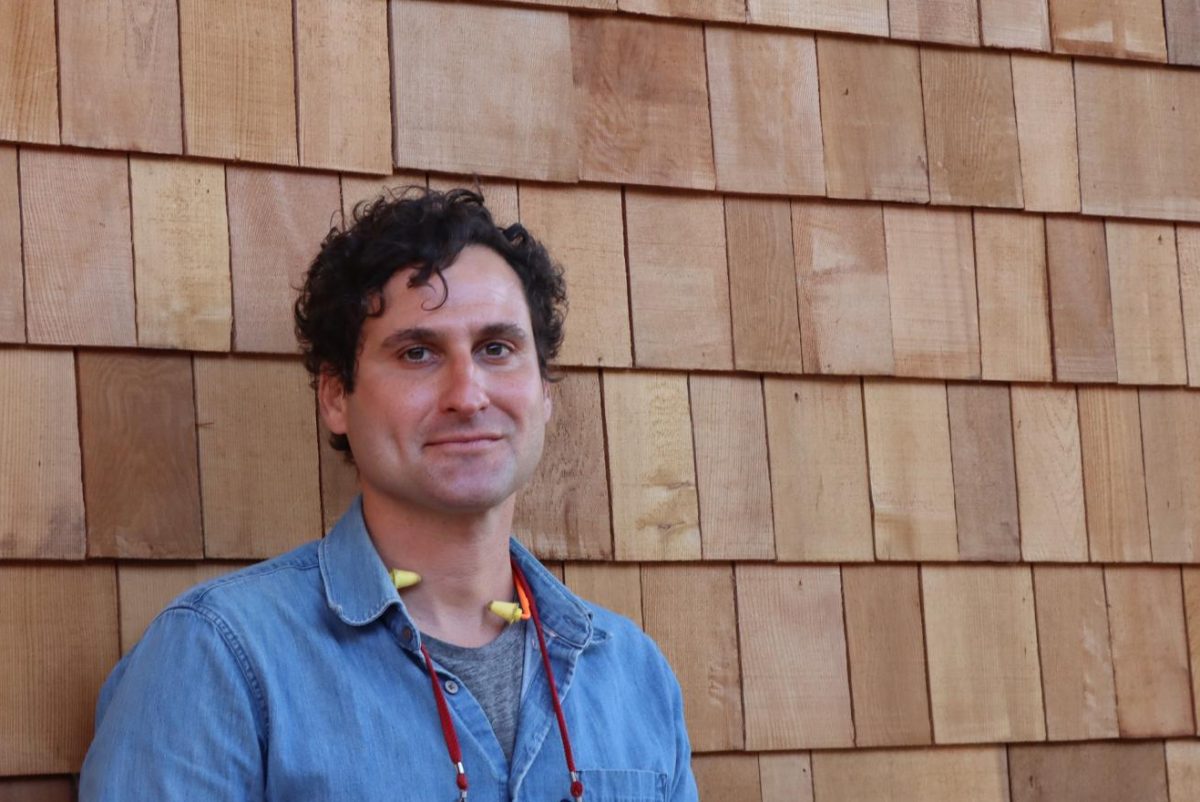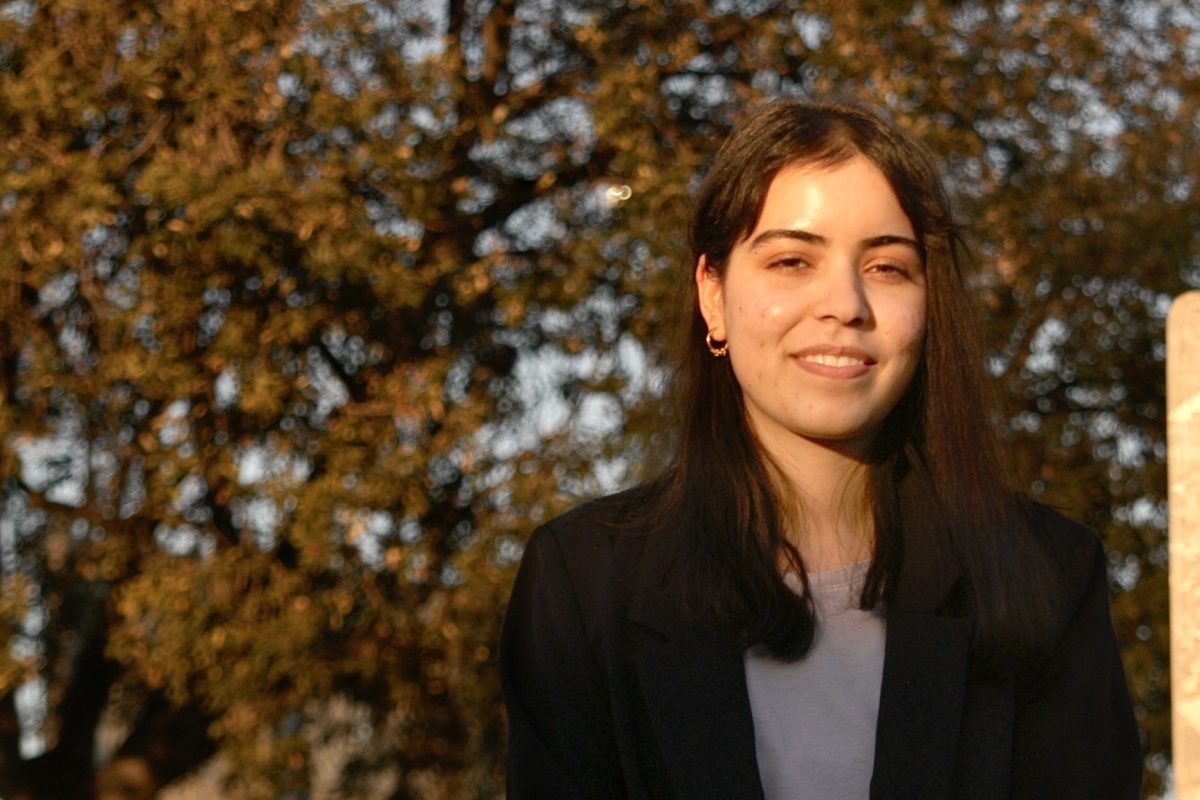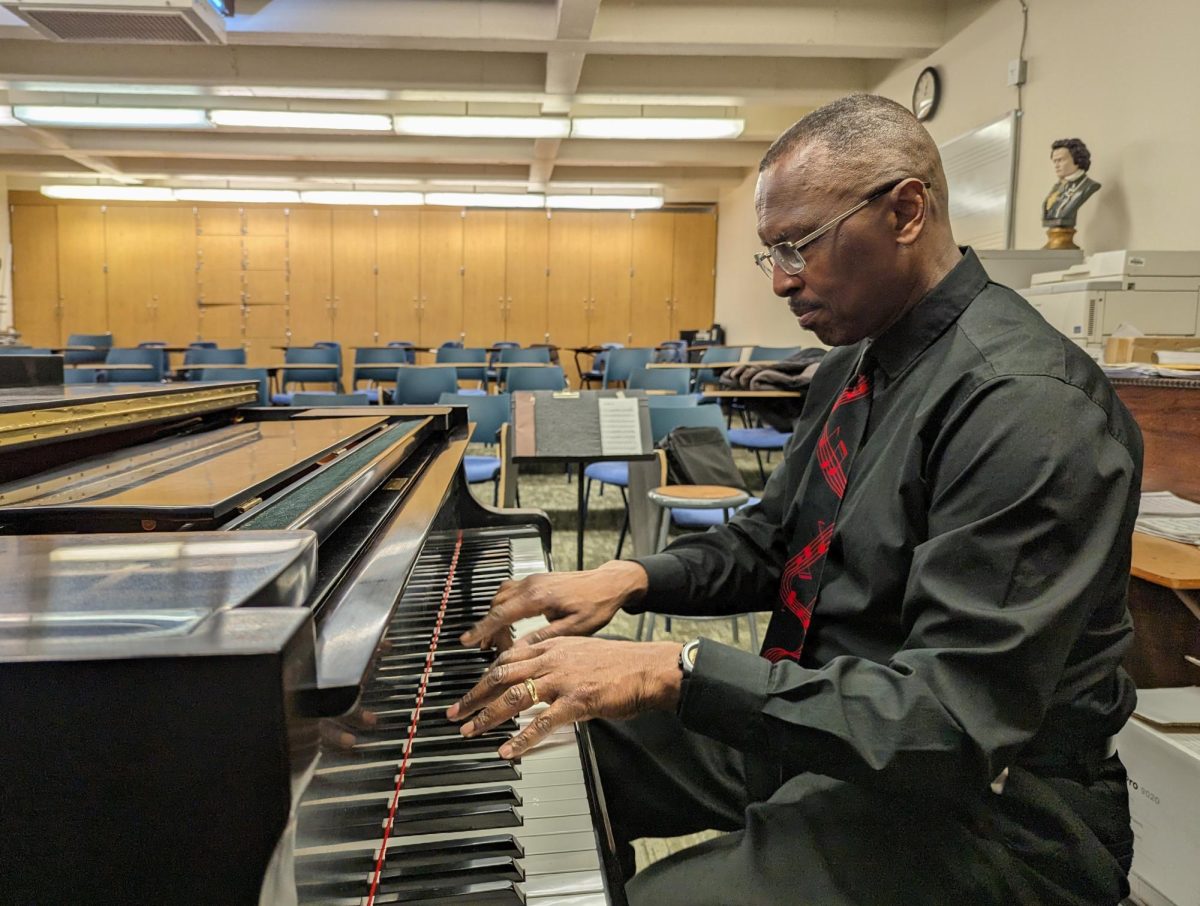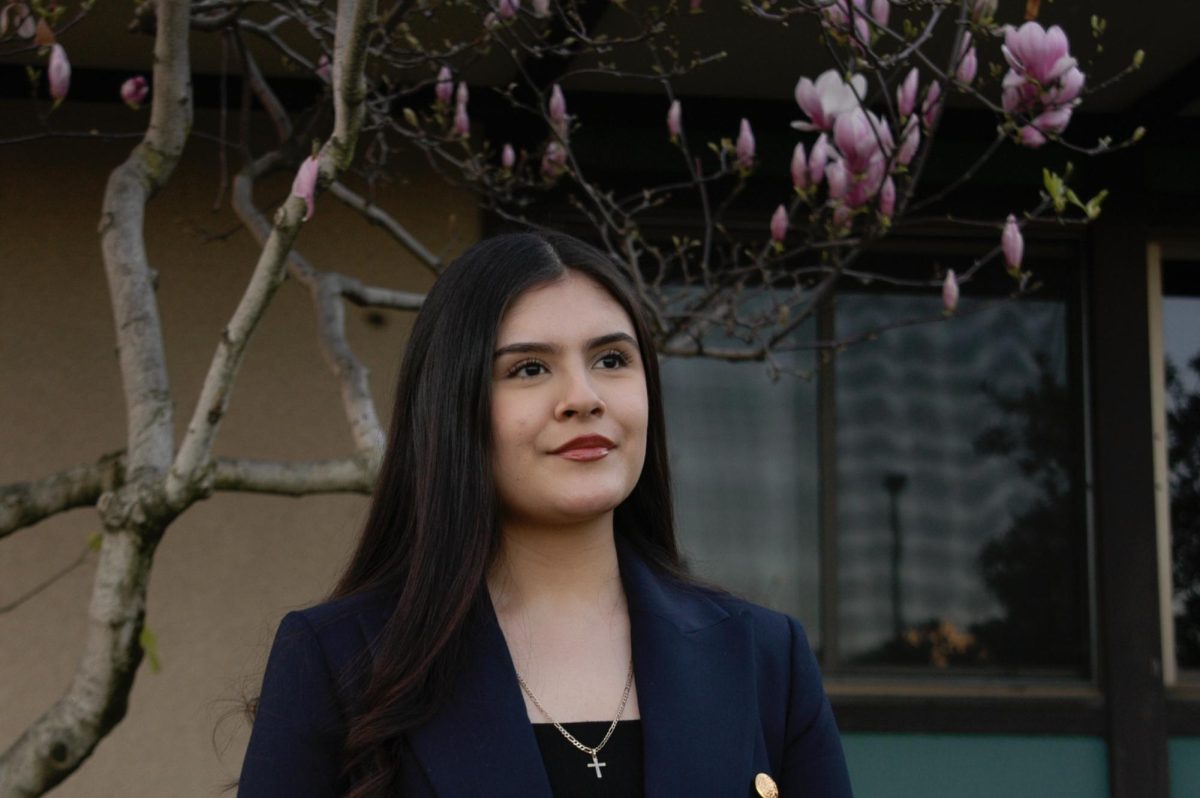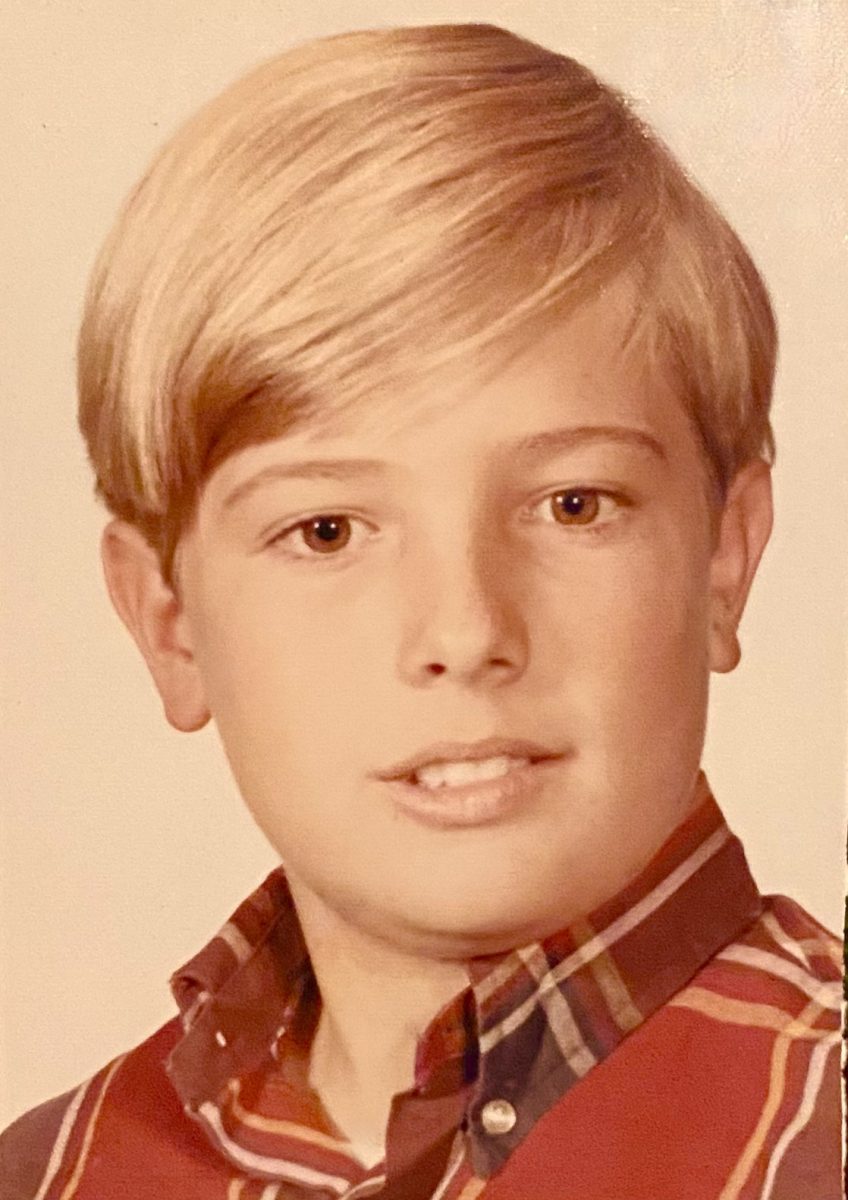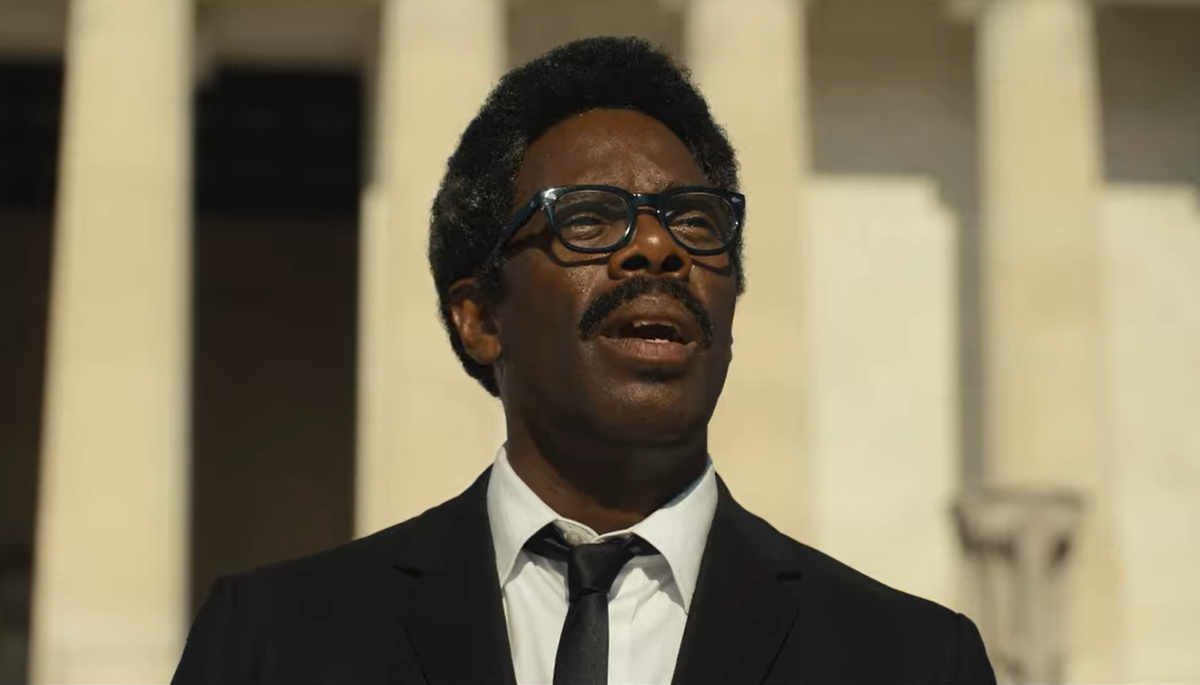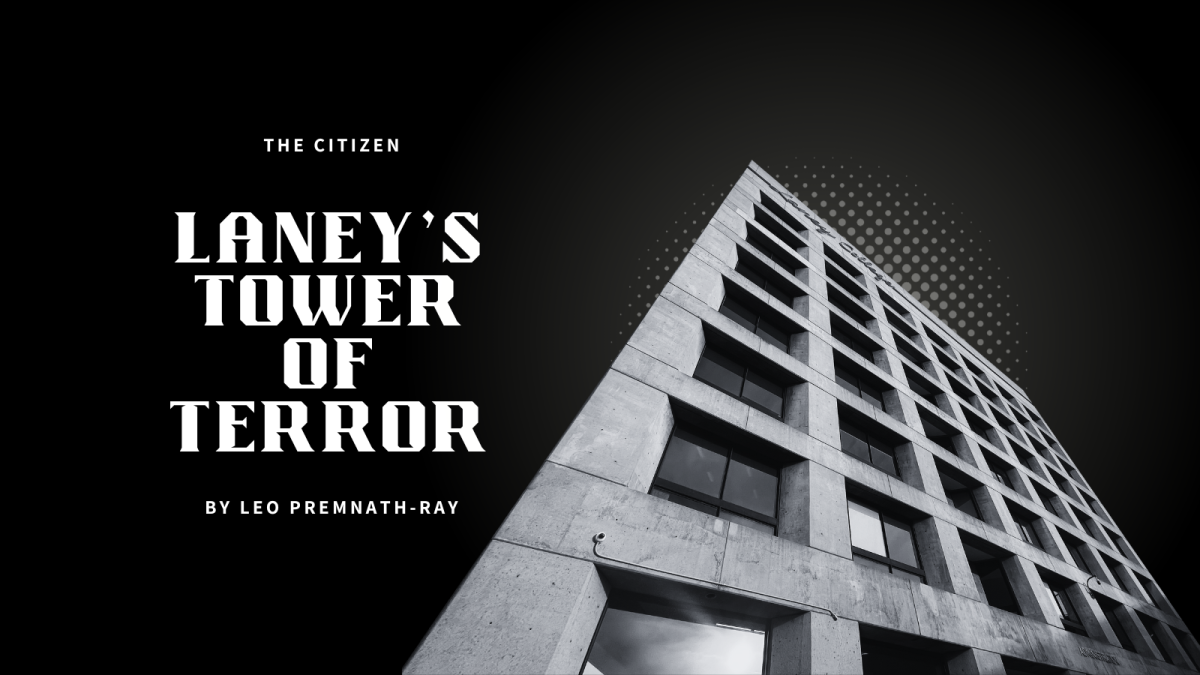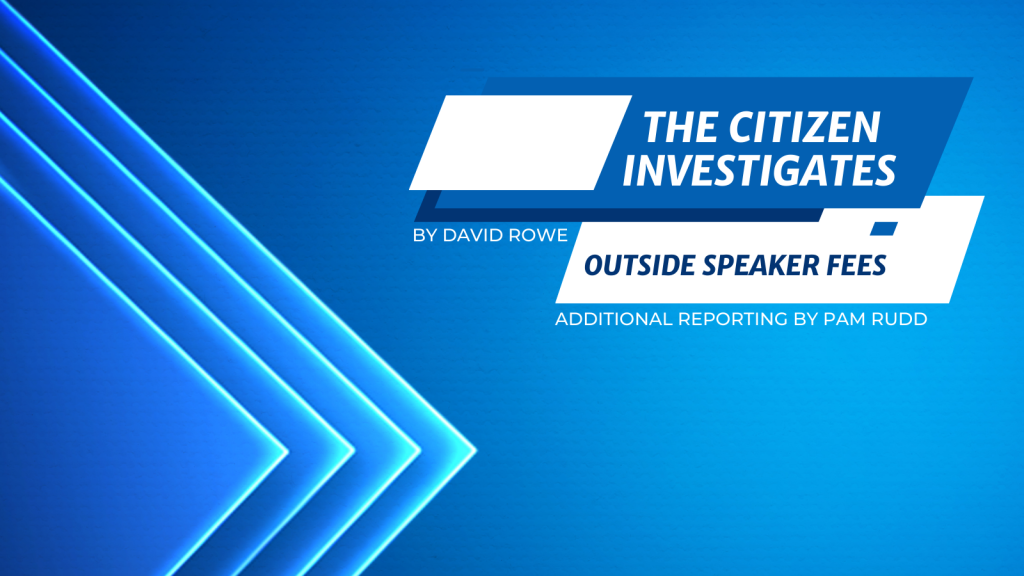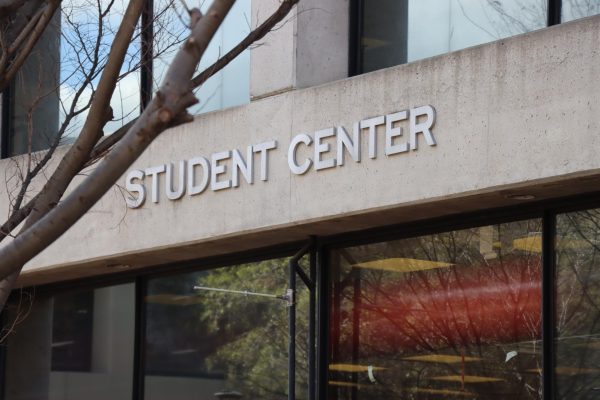
The key is not what you pay attention to — it’s how
by Thayer Robins
W e humans come into this world without a self-instruction manual. For most of our history, this has worked fine. Our hunter-gatherer ancestors survived for nearly two million years without one because they evolved to thrive in their natural environment.
As modern humans, we inherit the results of this evolution. Trouble is, our environment has changed, and the demands we each place on our body and nervous system are very different from what these systems evolved to support.
This mismatch has led to an epidemic of stress-related illness, along with a parallel explosion of methods meant to counteract stress. One that stands out — for its simplicity and power — is called “Open Focus.”
Open Focus (OF) was developed by scientist Les Fehmi, who discovered he could change his brain waves by changing how he used his attention. He has since taught this technique to many others, who have used it not only to relieve anxiety but also to control or eliminate phobias, depression, chronic pain, and other debilitating conditions.
OF has been called meditation but it’s actually something different. Through his research, Fehmi identified two scales along which we shift our attention. The first (narrow vs diffused) relates to range. Are we focusing on a single object or person, or are we opening our attentional lens, taking in the full range of info our senses are offering?
The second (immersed vs objective) relates to identification. Are we fully immersed, losing ourselves in a good movie or stimulating conversation? Or are we maintaining clear separation, listening to our professor lecture from a distance?
Whereas our ancestors were schooled by their environment to favor diffuse attention, today most of us are trained, starting in childhood, to spend our lives in narrow-objective focus. The problem isn’t that narrow-objective is bad. We need it for certain tasks. But it’s a resource-gulping, high-stress state meant for short-term, emergency use. Using it too much overtaxes our nervous system, wearing down our bodies and limiting our brain function.
Too much reliance on narrow-objective can easily become a vicious cycle. That’s because the stress it causes stimulates our fight-or-flight response, which in turn pushes us to narrow our focus even more. When the strain becomes too much and our concentration fails, we “try harder,” which ups our stress yet more. Many find relief only in leisure activities that naturally encourage a more diffuse focus.
We are meant to flow easily from one attention style to another, using narrow focus to attend to details or threats, then returning swiftly to the stability and calm of a diffuse state. When we practice OF and use it as our dominant way of paying attention, we are returning to our roots, nurturing our nervous systems by giving them more of what they need and crave.
Les Fehmi’s book “Open Focus” provides a good discussion of the whys and hows of practicing OF attention. It includes written versions of numerous exercises, both for general training and specific concerns like pain and emotional stress. Free audio of two of these exercises can be found here.
Another way to learn OF is through websites and youtube videos. Search for “Open Focus exercises” or “Open Focus Les Fehmi.”
For info on how to stabilize and strengthen brain function, including free and low-cost tools, check out past columns.
Thayer Robins is a columnist with the Laney Tower.

